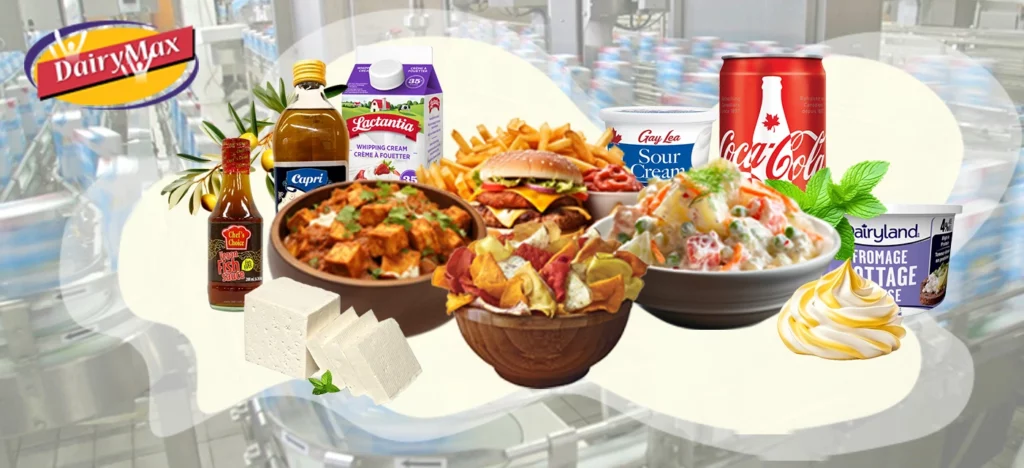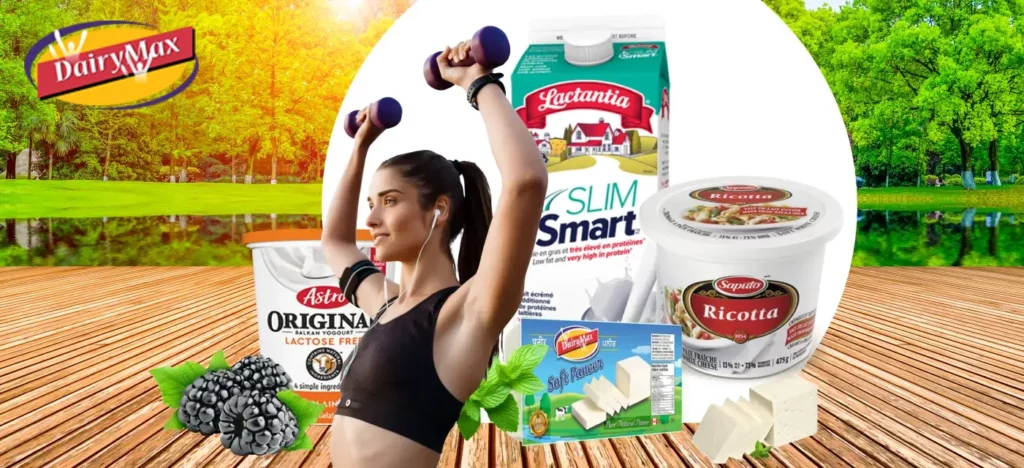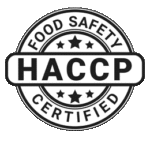Cheese lovers, unite! Cheese, a beloved and versatile dairy delight, has long been a staple in kitchens worldwide. However, as we meander through the cheese aisle, this section on dairy products often sparks a culinary debate. Is it a convenient delight or a compromise on health? Join us as we delve into the depths of processed cheese to unravel its impact on health and explore whether it deserves a place on your plate. Let’s embark on a journey into the world of processed cheese, exploring its nutritional nuances and answering the looming question: Is processed cheese good for health?
The Making of Processed Cheese: A Culinary Journey
Let’s start with the making of processed cheese. Processed cheese, often known for its smooth texture and extended shelf life, was a result of both innovation and necessity. It was made by blending natural cheeses with emulsifiers, stabilizers, and other additives to create a smooth and uniform product. It’s the stuff of grilled cheese sandwiches, gooey dips, ever-popular mac ‘n’ cheese and host of other comfort foods.
Nutritional Nuances: The Good, the Bad, and the Delicious
While processed cheese may not boast the same artisanal charm as its unprocessed counterparts, it does have its nutritional merits. It is a source of calcium and protein, crucial elements for bone health and overall well-being. Additionally, certain varieties are fortified with additional nutrients, offering a modest nutritional boost. However, the blog seeks to shed light on the less favourable aspects, such as higher sodium content and the potential presence of additives, colorings, and preservatives.
Pairing for Nutrient-Rich Bliss
To boost the nutritional profile of this cheese type, there are many creative ideas for pairing it with nutrient-rich foods. From incorporating cheese into whole-grain crackers to pairing it with fresh fruits and vegetables or adding it to salads and appetisers, readers can discover innovative ways on how to enjoy processed cheese without compromising their commitment to a health-conscious lifestyle.
The Art of Moderation
As we explore the nutritional landscape, it is important to emphasize the crucial aspect of any diet – moderation. While this form of cheese can be a convenient and tasty addition to meals, it’s best enjoyed as part of a balanced diet. Portion control and mindful consumption can help in ensuring that the cheesy indulgence doesn’t compromise one’s overall health goals and doesn’t tip the scales in the wrong direction.
Dispelling the Myths: Addressing Common Misconceptions
In the cheese universe, myths abound about the impact of processed cheese on health and it’s important to debunk them to gain a clearer understanding of its nutritional content. Here are some common myths:
Processed Cheese Is Inferior to Natural Cheese in Taste
Debunked: Taste preferences are subjective, and while some individuals may prefer the distinct flavors of natural cheeses, others appreciate the milder taste and smooth texture of processed cheese. The taste of processed cheese can vary among brands and types, so exploring different options allows consumers to find the one that aligns with their preferences.
It Is Not Real Cheese
Debunked: While this cheese may undergo additional processing compared to traditional cheeses, it is still made from real cheese. The process involves blending natural cheese with emulsifiers, stabilizers, and other ingredients to achieve a smooth and consistent texture. It is a valid dairy product, even if it has undergone modifications.
It Causes Weight Gain
Debunked: Like any food, the key to maintaining a healthy weight is moderation. This form of cheese can be part of a balanced diet when consumed in appropriate portions. Excessive consumption of any high-calorie food, including processed cheese, may contribute to weight gain.
It Is Less Nutritious
Debunked: While some of them may have slightly altered nutritional profiles compared to their natural counterparts, they still offer essential nutrients such as calcium and protein. Many processed cheeses are fortified with additional nutrients to enhance their nutritional value. Checking product labels can provide insight into the specific nutritional content.
Discover More: Unlocking the Cheese Cabinet
In conclusion, the blog invites readers to explore more about different cheese varieties, nutritional insights, and healthy recipes on our company’s website. This will ensure that our readers continue their journey through the dairy landscape and savour the convenience and versatility of processed cheese without compromising on their health goals.
Cheese in its processed form can indeed find a place on the table – with a caveat. A savvy approach involves viewing it as a flavourful addition to meals rather than a dietary villain and navigating the nuances of the nutritional content of cheese. When consumed as part of a balanced diet, it can be a convenient and enjoyable addition to various dishes.





